Diastasis recti is an anatomic term that is used to describe the partial or complete separation of the rectus abdominis or six-pack muscles that meet at the middle of the abdomen. A separation of 1.5 to 2cm between the abdominal muscles is considered abnormal.
This is a very common condition during and following pregnancy as the uterus muscles in the abdomen stretch to accommodate the growing baby. The condition however is not only limited to women, as new-born babies and men can also have it. For new-born babies, it usually goes away on its own, while men can get it from yo-yo dieting, weight lifting, doing sit-ups the wrong way or from other causes.
Causes of Diastasis Recti
Elevated intra-abdominal pressure is the main cause. During pregnancy, the abdominal muscles together with the connective tissues stretch out due to the expanding uterus. It also occur during push delivery with abdominal separation following pregnancy expected. This condition can also occur in postmenopausal women.
In new-born babies it mostly occurs in premature babies as their abdominal muscles are not fully developed and connected.
Symptoms of Diastasis Recti
Diastasis recti only affects the mid-section. In cases of pregnancy, the symptoms begin to appear towards the end of the second trimester or at the beginning of the third trimester. Women experiencing symptoms should, by the postpartum period, be able to see a visible ridge or bulge where the abdominal muscles separated.
Symptoms include:
- Ridge or bulge that runs down the middle of the abdomen
- Low back pain
- Weakened abdominal muscles
- Difficulty lifting objects
- Poor posture
- Bloating
- Constipation
Diagnosis
Although it is possible to see the separation of the midsection, it is important to get a proper diagnosis. This involves your doctor doing a thorough physical exam to determine if you have diastasis recti. Imaging with ultrasound scan can aid with the diagnosis. The doctor can also use a measuring tool known as a caliper to diagnose the condition.
Treatment
Treatment mainly focuses on rehab exercises to repair the abdominal muscles separation. It also includes being educated on the types of exercises that can make the separation worse and should be avoided until the patient is fully healed.
Exercises to perform
Exercises that can safely be performed include deep abdominal exercises performed when lying down with the knees up or with a neutral spine. Such exercises stimulate control and the use of the transverse abdominis. Pelvic floor exercises such as pelvic tilts and Kegels help as well.
It is also important to strengthen your abdominal muscles before getting pregnant again if you are planning to.
Exercises to avoid
Excessive abdominal exercises should be avoided particularly crunches. Other exercises to avoid include:
- Backward bends which stretch the abdominal muscles
- Abdominal twists
- Common yoga poses
- Heavy lifting
- Exercises that require you to be on your knees and hands without abdominal support or strength

Surgical Procedures
For individuals who find that rehab exercises are not sufficient enough to resolve their diastasis recti they can opt for a surgical procedure such as a tummy tuck or abdominoplasty to repair their abdominal muscles.
NOTE: All results vary from one patient to the next
Next Step
At Aesthetics by Kings College Hospital Dubai, we have the leading plastic surgeons in the region who are European-trained and board-certified, and focus on the safety and care of every patient in a compassionate environment with state-of-the-art facilities. To book a consultation, get in touch using the contact details given, and one of our patient-care staff will book an appointment for you.

